FM Approved Skylights
-
The Challenge
The use of natural light in industrial and commercial structures has been a design staple for centuries. Initially, sunlight was the only way to adequately light interior spaces so that manufacturing and other commerce could be conducted. During the Industrial Revolution, factories were often built with sawtooth vertical windows on the roof, typically facing north, to admit diffuse sunlight without an increase in solar heating.
Today, sustainable building design—such as that fostered by the U.S. Green Building Council’s Leadership in Energy and Environmental Design (LEED®) rating system—as well as continually rising energy costs, has placed renewed importance on natural lighting. One of the fundamental tools of daylighting is to incorporate skylights, large windows, atria and other forms of rooftop glazing into building designs to enhance aesthetics and reduce energy costs.
While this practice can reduce electric demands for lighting during the day by up to 70 percent, it also introduces enhanced challenges for loss protection design. Rooftop glazing is susceptible to damage from natural hazards such as hail, wind uplift, foot traffic, and debris impacts. Skylights, particularly those made from plastic, also pose a fire risk from both internal and external sources.
External fire risks may come from flying embers from adjacent buildings, rooftop hot work and other sources. When exposed to fire, skylights must maintain their structural integrity so that sprinkler operation is not adversely affected. For instance, a plastic skylight that burns or drops out of its frame during a fire may result in pre- mature venting of heat that could delay the operation of one or more sprinkler heads.
-
Testing Required for FM Approval
The availability of FM Approved skylights makes it easier for architects, specifiers and contractors to include certified products in daylighting designs. FM Approved skylights have been tested according to Approval Standard 4431, Skylights, which includes performance requirements for fire, natural hazards and live loads.
The fire test featured in Approval Standard 4431 is based on ASTM E108, Fire Tests of Roof Coverings, and designed to evaluate the ability of the skylight sample to limit flame spread. The test is also used to measure the sample’s propensity to melt and drip, which could adversely impact the performance of sprinklers located just below.
Each skylight test sample is tested at a minimum slope of 0.25 in 12 inches (2.4°). The maximum slope allowed during the test is 12 in 12 inches (45°). For a Class A rating, samples must not propagate flame more than 6 ft. (1.8 m) from the flame exposure. For Class B, the propagation must not exceed 8 ft. (2.4 m). Skylights that meet the Class A criteria at the maximum angle of 45° slope may also be used in a vertical orientation.
Another important test element in Approval Standard 4431 is simulated hail resistance. Skylight samples are tested in accordance with Approval Standard 4473, for Impact Resistance Testing of Rigid Roofing Materials Impacted with Freezer Ice Balls. Two ratings are available as a result of this test: Severe (S) and Moderate (M).
The Moderate test uses 1.5 in. (38 mm) diameter ice balls and the Severe test uses 1.75 in. (44 mm) ice balls. An optional Severe test is available that uses 2.0 in. (51 mm) ice balls, allowing manufacturers to satisfy local building code requirements, if needed. This test uses two skylight samples. One sample is pre-conditioned with 1,000 hours of accelerated weathering ultraviolet (UV) exposure and the other is not.
Approval Standard 4431 also tests skylight samples for wind uplift resistance, with a minimum rating of 60 psf (2.9 kPa) required. In addition, the skylight is tested for resistance to the impact of live loads. An optional test is also available for wind- borne debris, such as large and small missiles impact.
-
Benefits and Availability
Daylighting is the practice of admitting natural light—direct or diffuse—into buildings to reduce the use of electric lighting, save energy and enhance aesthetics. As skylights are incorporated into these daylighting designs, it is imperative that glazing systems provide the highest possible loss prevention protection against the risk of fire, natural hazards and foot traffic damage. FM Approved skylights have been certified to meet these design requirements.
Skylights are playing an important role in the sustainable building trend. The LEED program, in fact, rewards daylighting with coveted points. Energy efficiency is a mandate for new construction in many parts of the world, and daylighting is often a key component in these projects.
FM Approved skylights are listed in the online Approval Guide, making that information available to engineers, designers, architects and specifiers seeking products for daylighting projects worldwide.
The FM Approvals certification program is an investment that demonstrates a manufacturer’s confidence in its products. While FM Approval testing is considered among the most rigorous in the world, it is also a true sign of a manufacturer’s confidence and a quality indicator that will help differentiate a product from the competition.
-
Success Stories
Reducing Energy Costs
A large sports facility in California, USA, installed 4 ft. x 8 ft. (1.2 m x 2.4 m) FM Approved skylights in 2004 to provide natural light and help reduce energy costs. The facility is regularly filled with natural light in excess of 200 foot candles.

